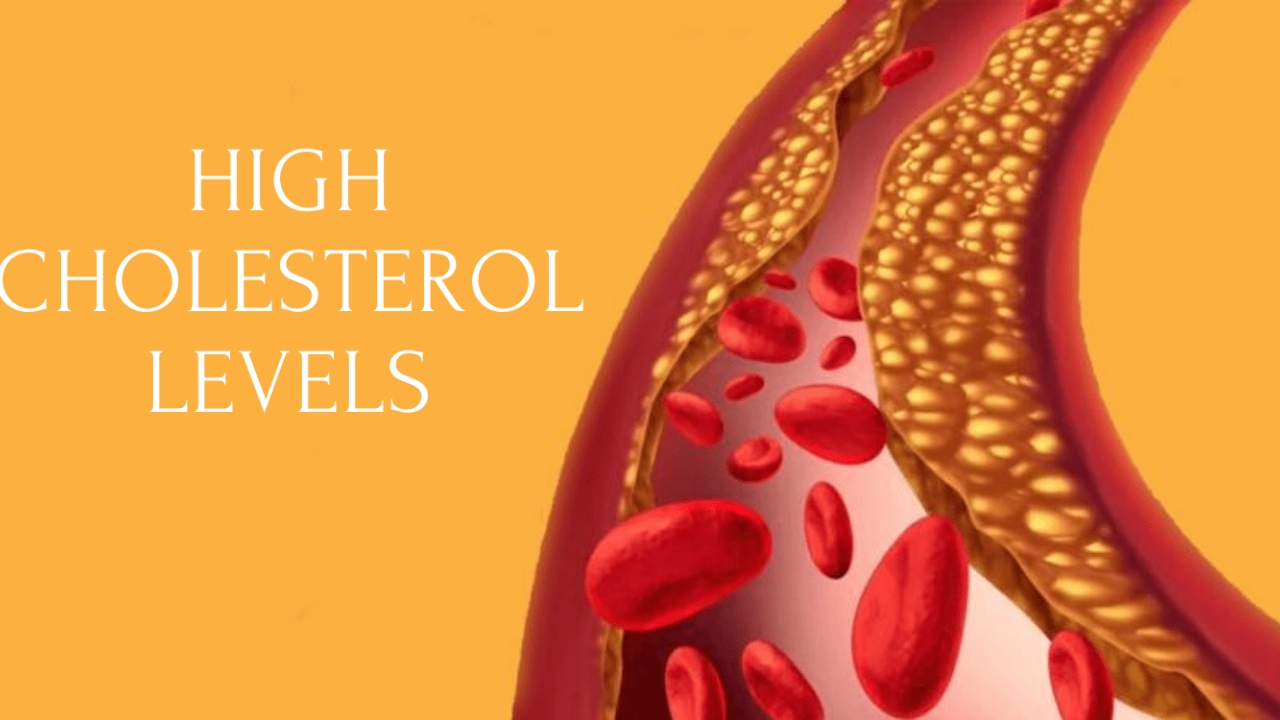Cramps in the afflicted leg(s), as well as the buttocks, thighs, calves, and foot, are common symptoms of high cholesterol. After some rest, the cramping may subside. Weak or missing pulses in the legs or feet, as well as sores or lesions on the toes, feet, or legs that heal slowly, badly, or not at all, are further indications and symptoms of PAD. It’s possible that your skin will get a pale or blue color. You may notice that one leg has a lower temperature than the other. You may notice poor nail development on your toes and a reduction in hair growth on your legs. Erectile dysfunction can affect men who simultaneously have diabetes.
Despite these indications and symptoms, many persons with PAD have no signs or symptoms of the illness. If you have any of these symptoms, especially persistent discomfort, you should consult your doctor.
Fatty deposits form in the blood arteries as a result of elevated cholesterol levels. These deposits accumulate over time, obstructing blood flow.
These deposits can sometimes break down into minute clots that totally block blood flow for a period of time, resulting in a heart attack or stroke.
As a result, high cholesterol has the greatest influence on the neurological system and cardiovascular system, however it also has an impact on other regions of the body.
While a certain amount of cholesterol is required for the body to execute a variety of activities, it should constantly be monitored to ensure that it does not exceed the threshold level.
It is essential to eat a balanced diet and exercise on a regular basis. Several foods can actively aid in the reduction of cholesterol. The solution is to ingest less saturated fat and more unsaturated fat. Vegetable oils such as olive, sunflower, nut, and seed oils include these beneficial fats. Fish oils are a rich source of omega-3 fats, which are beneficial unsaturated fats.

 हिंदी
हिंदी






